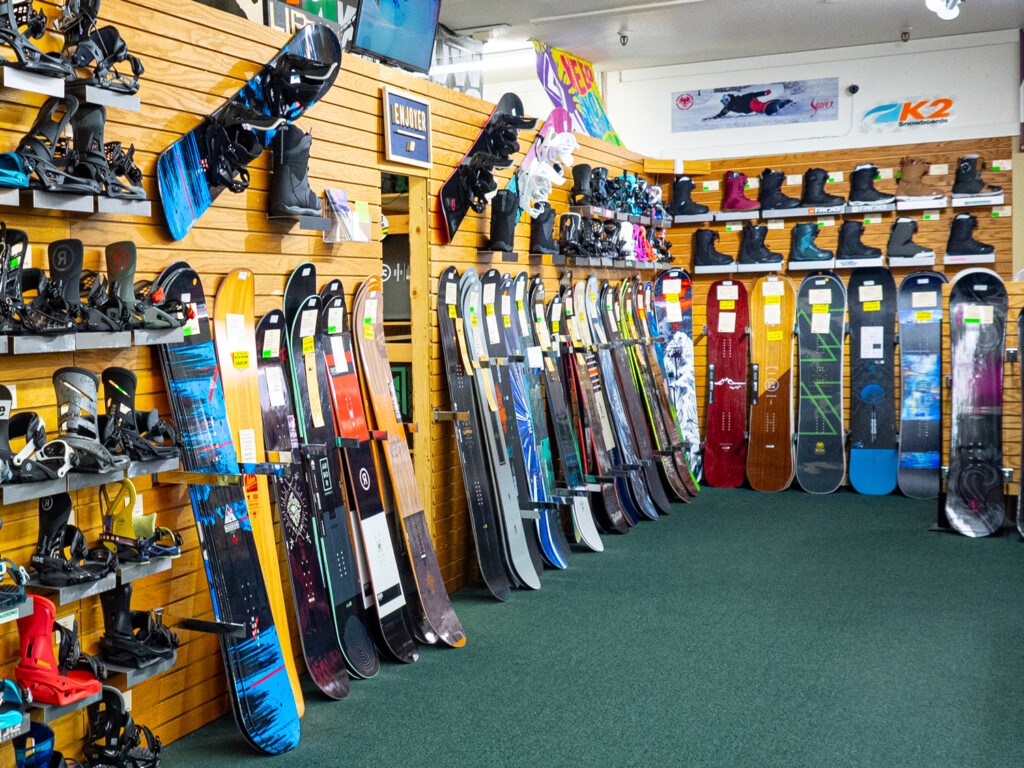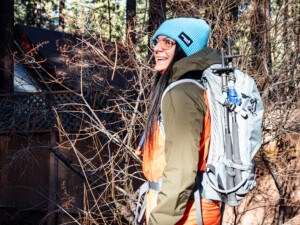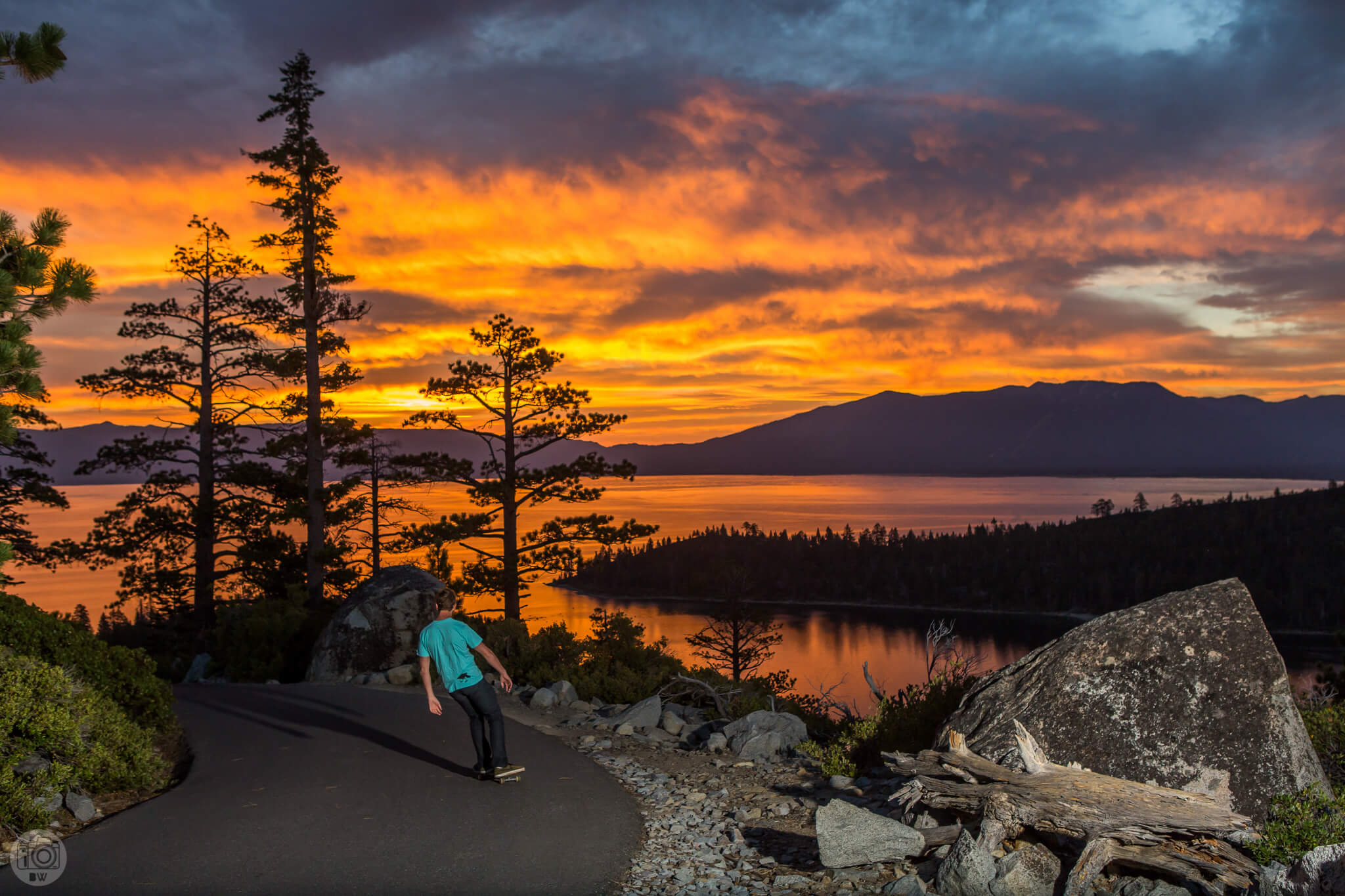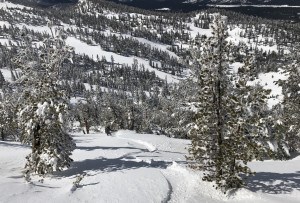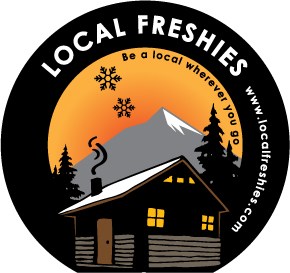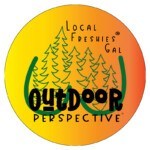Regardless of whether you’re a skier or a snowboarder, camber and rocker are two terms that have likely been introduced into your vocabulary. We’re taking a close look to define what they are, how they differ, and to help you determine whether rocker or camber is better for you. But first things first: let’s start with what they actually mean.
What Is Camber

Merriam-Webster’s definition of camber is “a slight convexity, arching, or curvature, as of a beam, deck, or road.” In this case, it refers to the curve on a pair of skis or a snowboard. If you lay a board or skis flat on their base and look at them from the side, you’ll see what appears to be a reverse arc.
Why Do They Have Camber?
The reason for this arc is that it provides increased contact against the snow and springiness between your feet. The result is it allows you to make the perfect arc when carving. Another advantage is that it gives the rider or skier a natural “pop” when ollieing.
How Traditional Camber Came To Be
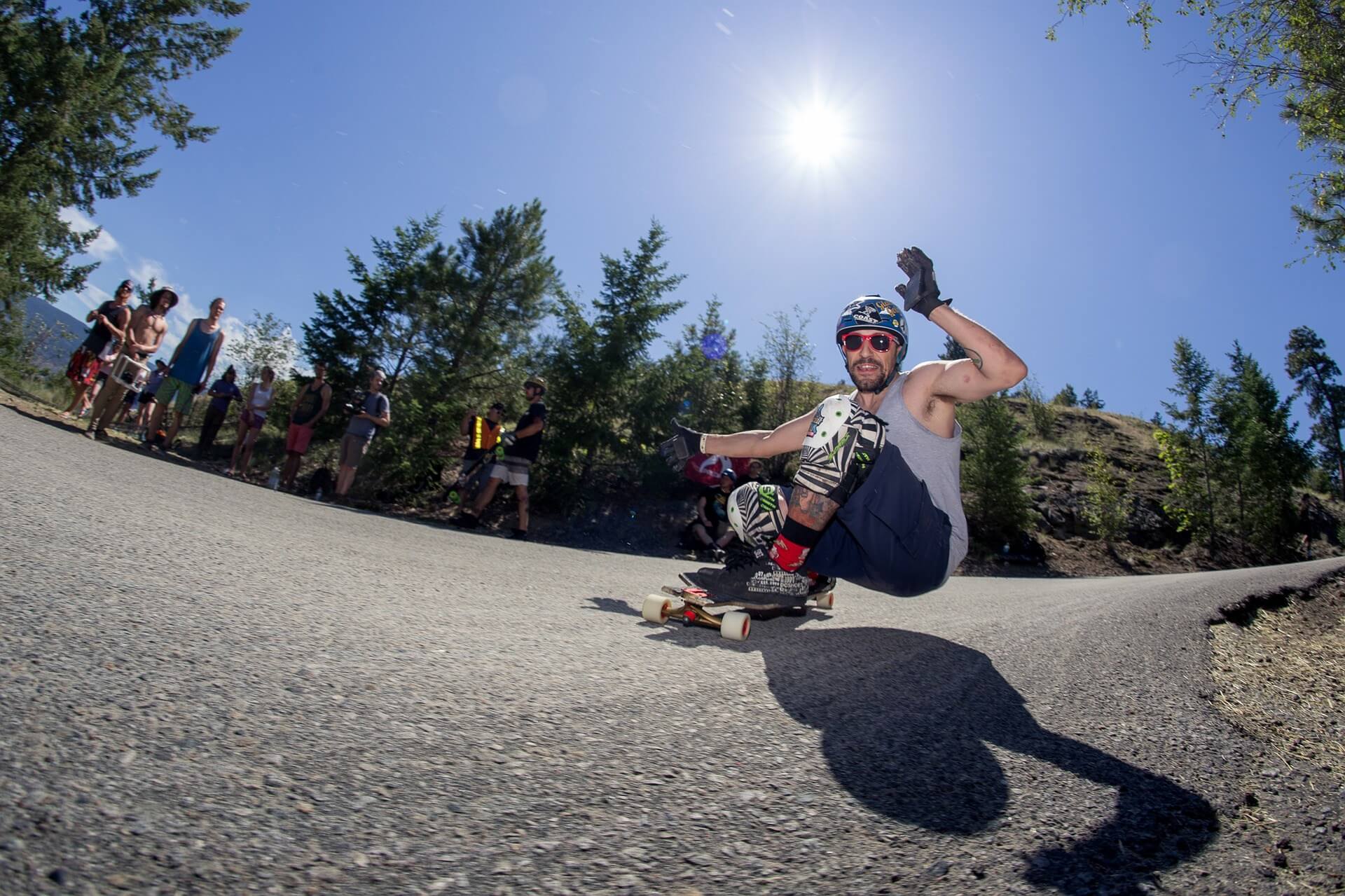
Snowboard technology over the years hasn’t lived in its own bubble but rather looked around at other board sports like surfing and skateboarding. One of the ideas that was influenced by skateboarding was camber. Longboards with camber were designed so that when weight was applied, it created a reverse arc making it easier to carve a continuous “S” path by just leaning left and right.
Skis Adopted Camber
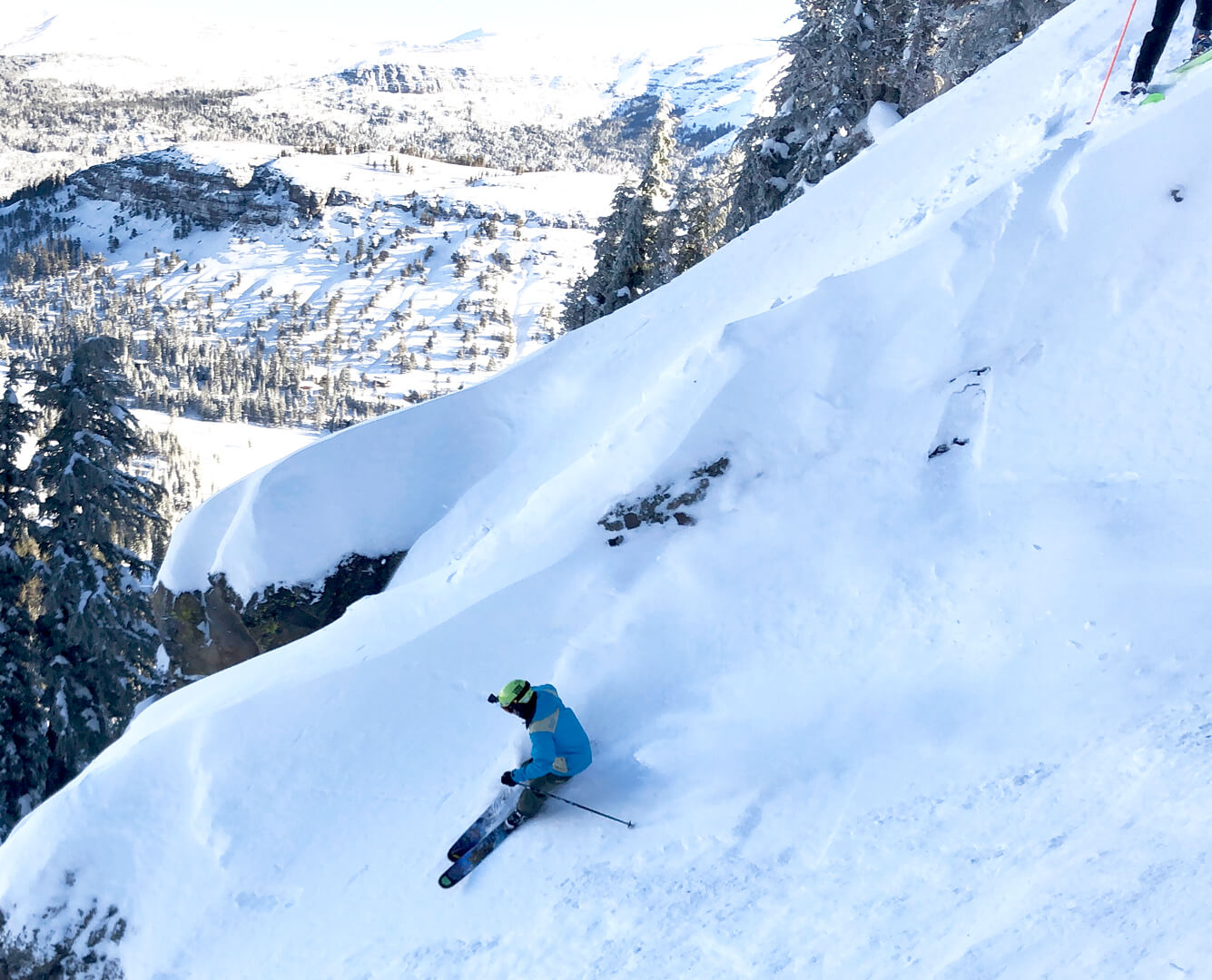
Snowboarding may have drawn inspiration from other sports, but skiing’s use of camber dates back much further, all the way to the 1840s. Camber made it possible to create thinner, lighter skis. What skiing did borrow from snowboarding, however, was the concept of camber combined with a more aggressive sidecut, which led to the creation of what were known as “parabolic skis.” This innovation was such a significant leap forward in technology that many at the time claimed it “revived” the sport. Whether or not that’s true, it undeniably impacted skiing, introducing a whole new way of sliding down the mountain that the two-plank crowd hadn’t experienced before.
Rocker – The New Style

For decades, camber was the only shape that dominated the market, and there was no debate over rocker vs camber. That all changed when Lib Tech sparked the “rocker revolution” by introducing the Skate Banana. This was when the flip side of camber—rocker, or reverse camber—was introduced. From the side, a ski or board with rocker will appear to “smile” at you.
McConkey – The Man Who Brought Rocker To Skiing
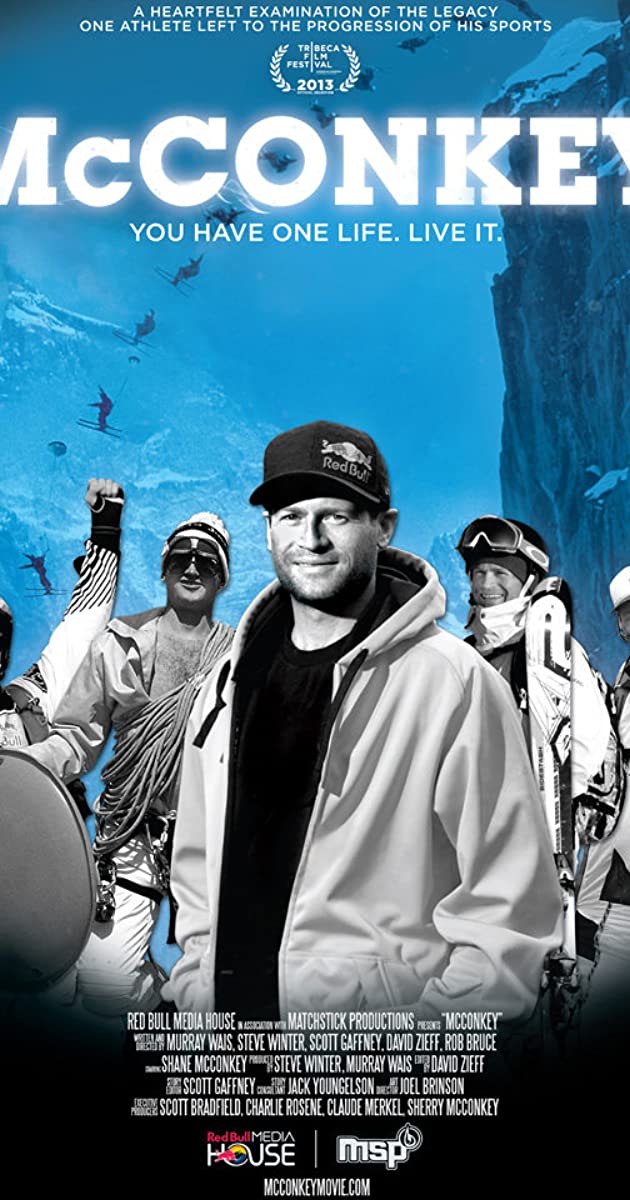
The rocker shape was introduced by Shane McConkey on the skier side with his Volant Spatula Skis. When they came out, reviewers used terms like “fun”, “easy”, and saviors to the sports of skiing/snowboarding. This “banana” shape made it extremely easy to ride fresh powder when it was deep due to the natural arc already formed.
The Waterboy Argument
These two vastly different ski and snowboard designs had created a passionate debate between rocker vs camber. It’s like the scene from the movie Waterboy where Bobby Boucher has the argument on water versus Gatorade. I’ve heard friends on both sides make statements like:
“You can’t land on the bolts when it’s a rocker. I feel like I’m fighting a wet pig in the park. Camber all the way.”
“Deep pow on a camber? No way! All the board wants to do is dive like a submarine and make me tomahawk.”
What’s Better Rocker Or Camber?
So, which shape is better in the eternal rocker vs camber argument? Unfortunately, it isn’t an easy answer. For those with the money, a “quiver” might be your best option. A quiver is a set of decks or skis that you can pick and choose from depending on the conditions and skill level.
Rocker In Your Arsenal
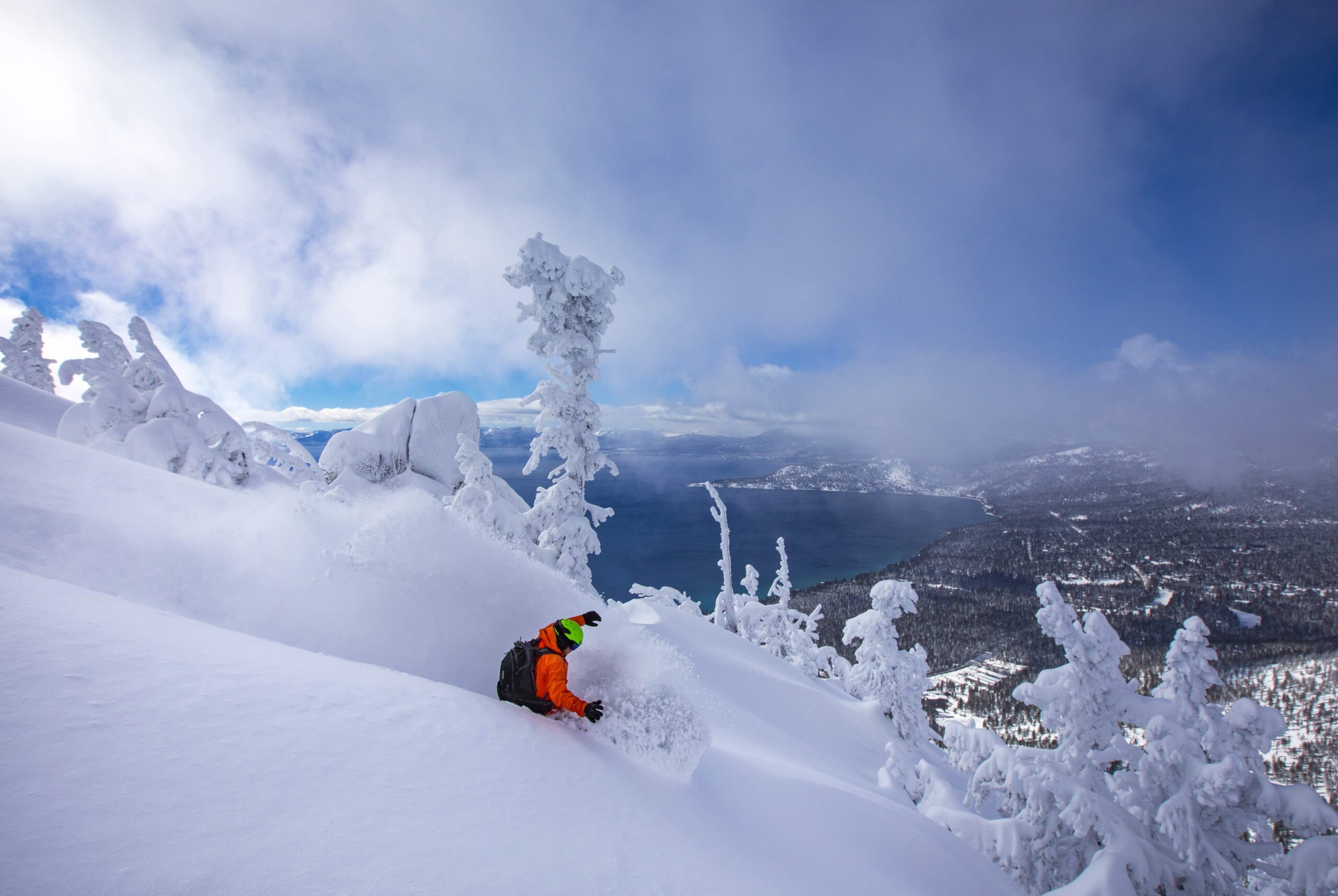
If you’re going heli-skiing, cat-boarding, or wake up to 3 feet of deep powder, floating in the bottomless snow is VERY critical. A good choice for this is the Rocker. The natural “U” shape allows you to float easily through the snow without having to lean far back to get through it. It will provide effortless float. This includes Lib-Tech’s original banana profile and Arbor’s Rocker Profiles.
The Cons To The Rocker
Personally, a full rocker board feels a little squirrelly at high speeds. Locking into a turn, the board feels “soft” and loose more like a skid instead of a carve.
Locked n’ Loaded For A Camber
On the other hand, if your focus is on carving groomers or shredding through resort powder that’s only a few inches deep, at best a camber deck might be the funnest shape for you. As a purist, the ability to make a perfect carve and explode out of your turn allows you to exit faster than you went in.
World Of Camber Hurt
For friends who’ve started snowboarding for the first time, a bigger camber and/or sidecut could cause you to get frustrated. Think of it like tight suspension on a sports car. The design provides a more responsive ride, which means you could easily catch an edge. In addition, a true camber’s flex will make it a bit more difficult to keep the nose afloat in deep snow.
The Rocker Revolution Brings Hybrid Designs
Luckily, the answer doesn’t have to be one or the other. After the dust had settled with rocker vs camber shapes, there has been an explosion of all kinds of different ways of thinking. Both skiing and snowboarding manufacturers have begun to push the envelope on what’s possible with the arc. Shapes from a “flat” board to all sorts of hybrid combinations coming together into one deck.
Goldilocks Would Like Hybrid
If you’re looking for one board to rule them all, a hybrid is what you want. Is it the best in all conditions? We’ll be honest… when Lib Tech released the “banana” boards, we loved the different surfy feeling to it. Over the years though, we’ve gone the hybrid route for any days with soft snow and a true camber board for groomer days or spring.
Most Popular Hybrid Styles

Despite having an infinite amount of combinations, there are certain styles that are more prevalent than others. Here’s a few of them:
Hybrid Camber
This is when the design is primarily a camber between the feet but rocker at the nose and tail. Snowboarders or skiers that love a camber design but want a little help keeping the board afloat in deep snow will love it. For beginners, this will also help keep you from catching an edge.
Hybrid Rocker
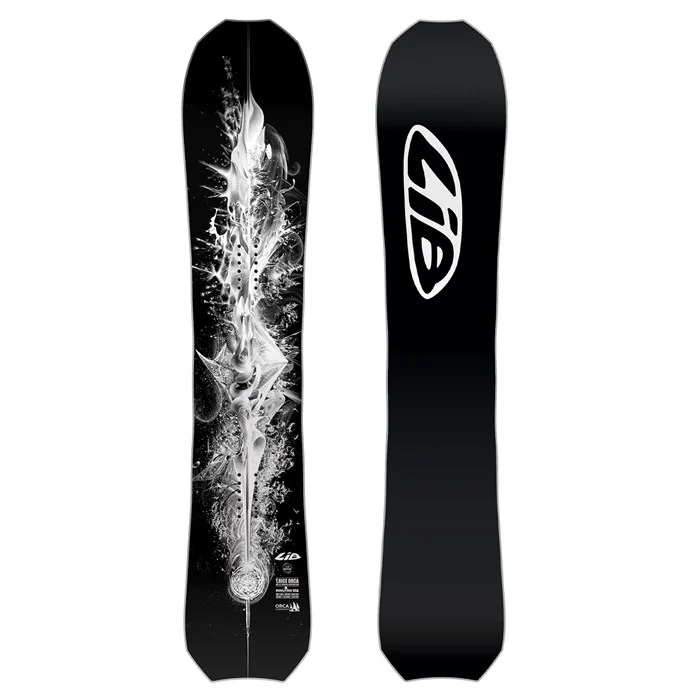
The opposite of the Hybrid Camber is the Hybrid Rocker profile. Instead, it has rocker in the center and camber on the tips. In addition, both the nose and tail are still off the ground unless the board is weighted (i.e. someone standing on it). Hybrid Rockers still help with float but also ride better than a traditional rocker at higher speeds.
For Burton, this is the Flying V design and the C2 for a Lib Tech, which includes decks like the T. Rice Orca and Skunk Ape.
Directional Camber
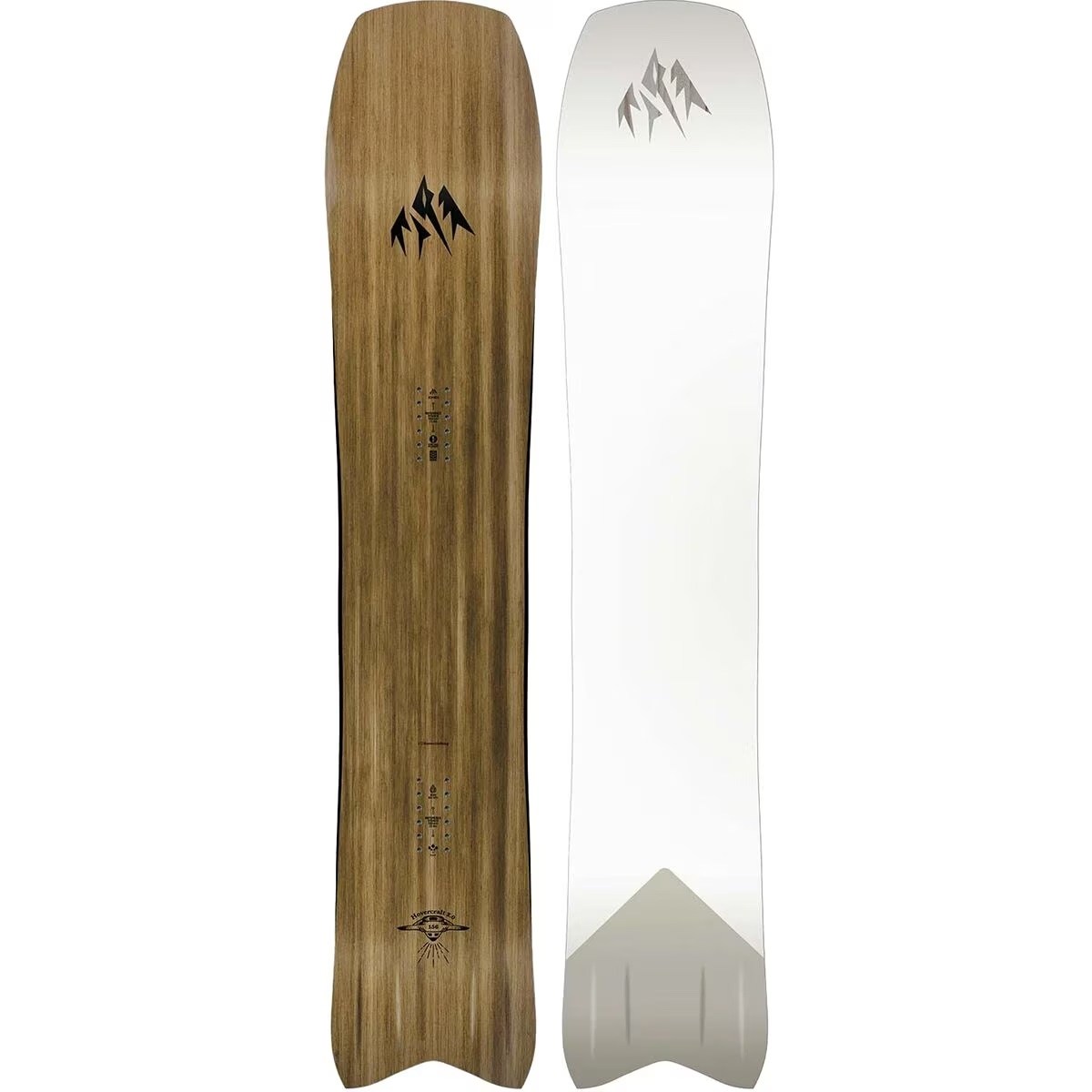
As the name states, these are designed to primarily ride in one direction. The natural binding location is usually setback a bit. The focus is on camber from the tail of the board/skis to the front bindings. The nose is longer with a pronounced rocker uplift. This style provides stability like a classic camber, but the tip allows you to float easier in powder.
Good examples of the directional camber are the Jones Hovercraft and the classic Burton Custom.
Flat Variations

Within this category, there are a few different profiles. Overall, the base it flat from tip to tail. At the nose and tail is where the unique flavors come in. Some have minor camber. Others have a few millimeters of rocker on each end. Others are flat for most of it and only have rocker from the front bindings through the nose to help with float. This is an awesome option for those who like to hit park, rails, or tinker around on kickers.
An example of a flat profile is the Capita Ultrafear or for those who want a boost in technology, we recommend checking out the Bataleon TBT profiles. Not quite flat. Not a true rocker. They’re their own design that’s been patented.
What To Look For In A Hybrid
As you can tell, picking the type of snowboard you ride is a purely personal preference. For example, Jaime LOVES a board that has WAY more camber than I do but with a bit softer flex. Me, on other hand, for years looked for a camber-rocker-camber design such as the Orca. This allows the board to carve well but at the same time helps keep the nose afloat. Is it perfect? Nope, but it’s a great go-to option on most days.
Consider ALL Snowboard Shapes
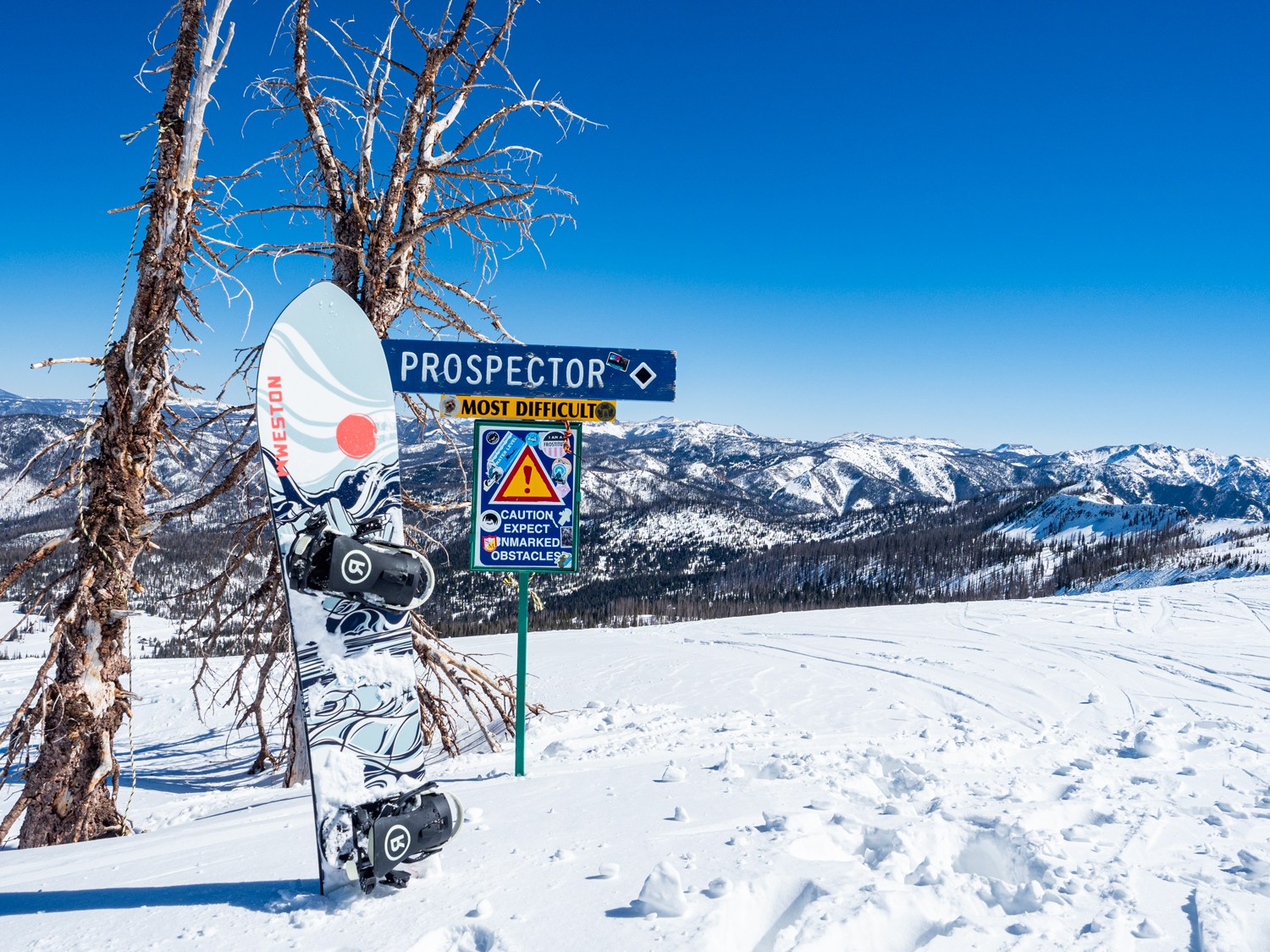
As I personally came to realize when picking your snowboard or skis, the rocker vs camber debate is just one factor to consider. You also need to think about all the other shape and technology features, such as “magna-traction,” sidecut, and whether the board is “volume-shifted.” Our detailed article, Shape Up or Ship Out on Snowboard Shapes: Types, Terms, & More, covers all of these factors in depth. Ultimately, there are many choices when it comes to brands. Now that you have a better understanding, get out there, demo some new boards, and let us know what you think!
For more tips about gear from finding the right jacket to a pair of goggles and more, be sure to visit our Skiing & Snowboarding Gear homepage.





